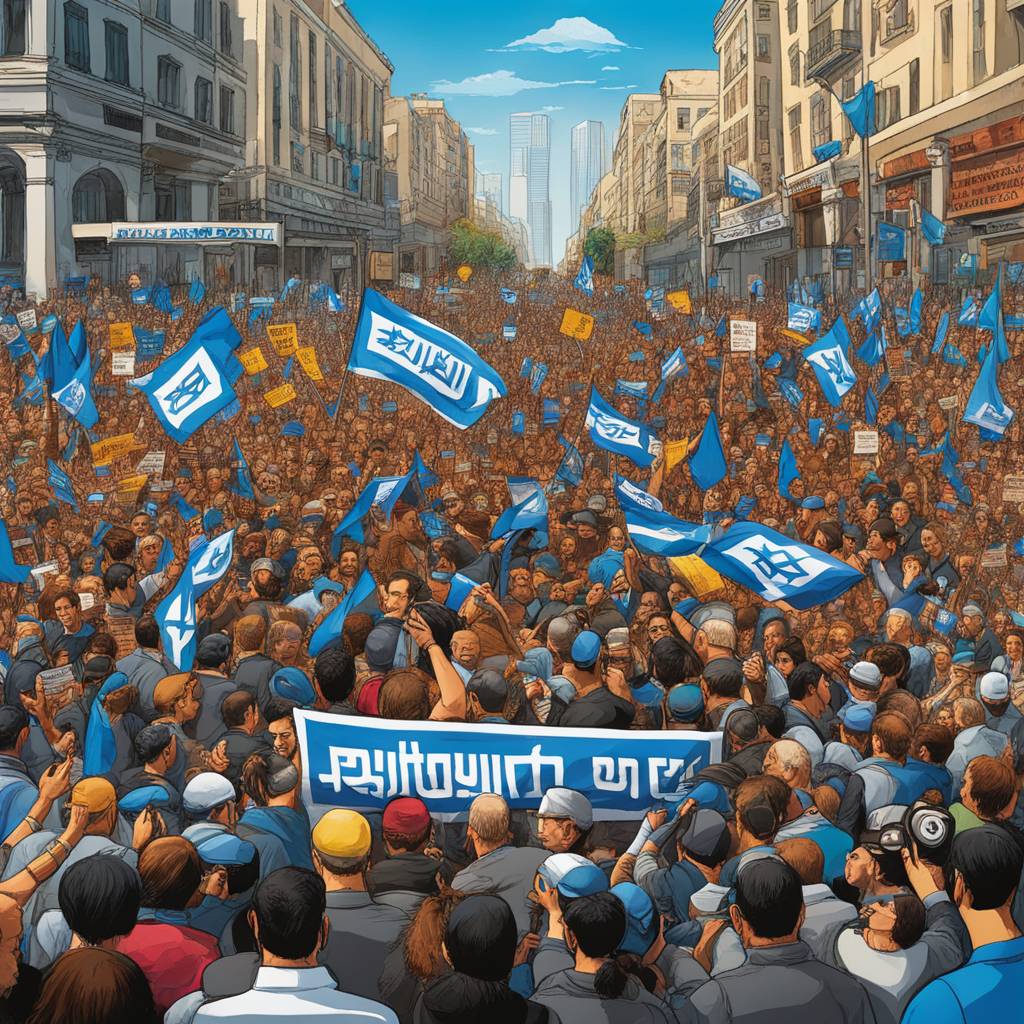Thousands of Israelis gathered outside the Knesset in Jerusalem to call for early elections in one of the largest demonstrations against Prime Minister Benjamin Netanyahu’s government since the war between Israel and Hamas began. This protest followed a similar demonstration in Tel Aviv and reflected growing anger among Israelis who felt that Netanyahu prioritized his political survival over the nation’s interests. The protest, planned to last four days, involved protesters carrying signs demanding Netanyahu’s removal and calling for new elections, stating that those who destroyed cannot be the ones to fix.
Despite the ongoing conflict with Hamas, many Israelis felt that the government’s handling of the war necessitated a change. Some had refrained from protesting earlier to avoid undermining the war effort but now believed that the government could not continue to serve effectively. Netanyahu, facing criticism and demands for elections from the protesters, argued against holding elections during wartime, warning that it would delay Israel’s progress and benefit Hamas. However, his response did not deter the demonstrators who continued to voice their dissent.
Critics of Netanyahu expressed concern that the protests could reignite domestic conflicts that had been temporarily eased by the war. Prior to the conflict with Hamas, Israel saw widespread protests against a plan to limit the judiciary’s influence, with accusations that Netanyahu was undermining democracy. As protesters gathered near the Supreme Court in Jerusalem, there were discussions about the potential impact of the demonstrations on Israel’s political landscape and stability. Some feared that reverting to pre-war tensions could disrupt the progress made during the conflict.
Organizers of the protest emphasized that Israel was facing a critical moment in its history and advocated for a government that prioritized the nation’s interests over political considerations. Despite facing corruption charges, Netanyahu returned to power after spending time in the opposition, leading to concerns about the influence of the court cases on his decision-making. Netanyahu defended his government’s approach to the war, claiming they were seeking a complete victory over Hamas, despite ongoing challenges. The determination of the protesters to hold the government accountable signaled a growing discontent with Netanyahu’s leadership.
As the sit-in continued in Jerusalem, some protesters set up tents to sleep in, demonstrating their commitment to the cause. The Israeli police intervened to disperse a crowd blocking traffic, highlighting the tension surrounding the protest. The demonstrations in Jerusalem and Tel Aviv reflected a significant shift in public sentiment against the government, with calls for early elections gaining momentum. Despite Netanyahu’s efforts to discredit the protests and prioritize the war effort, the protesters remained steadfast in their demand for change, challenging the status quo and advocating for a government that prioritized the nation’s interests over political survival.








